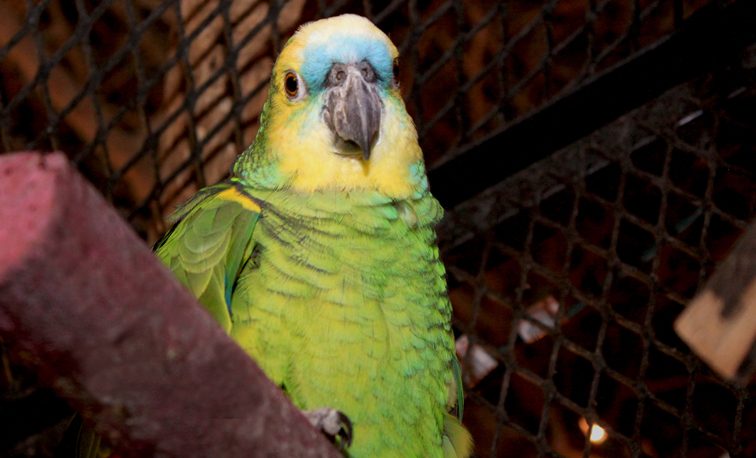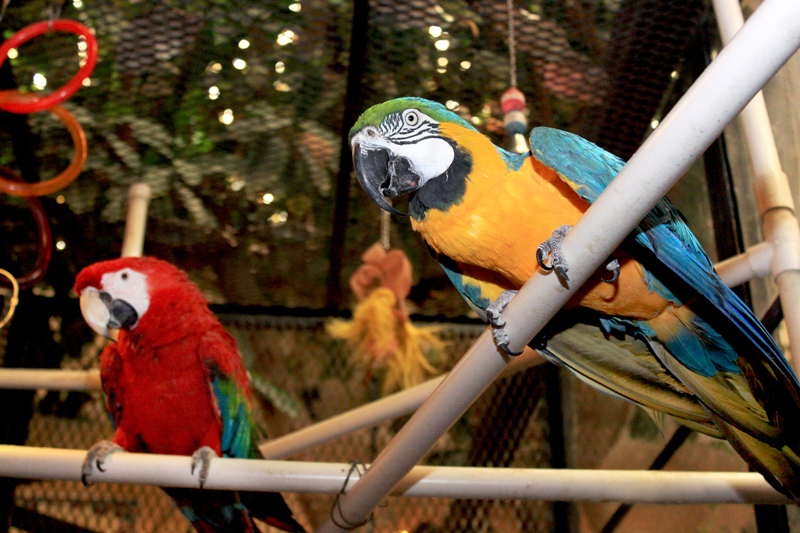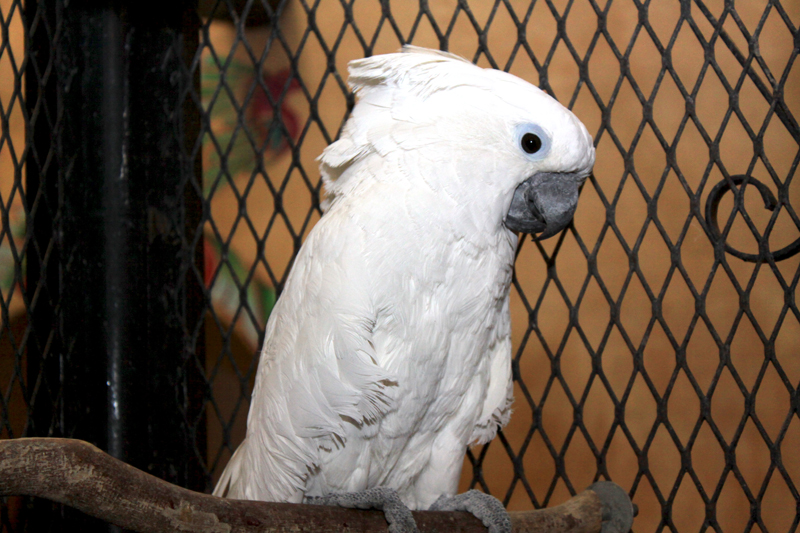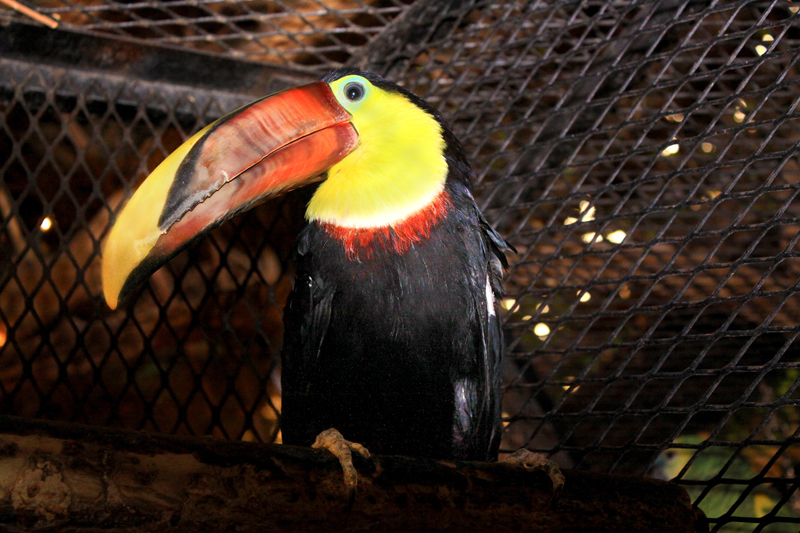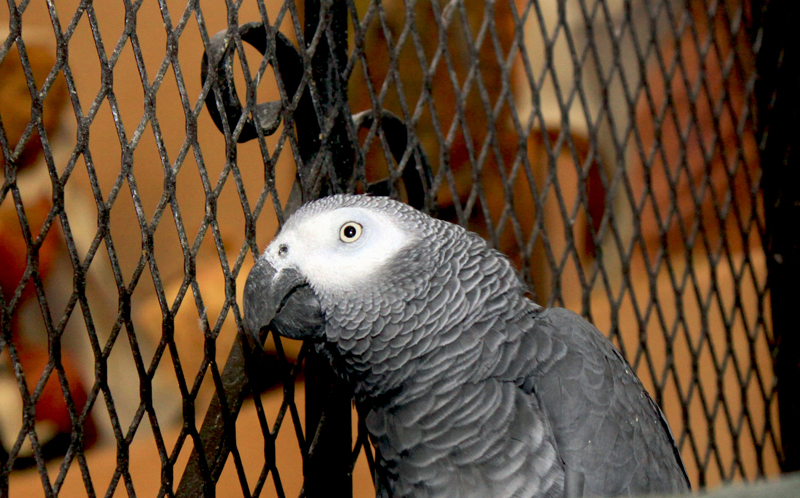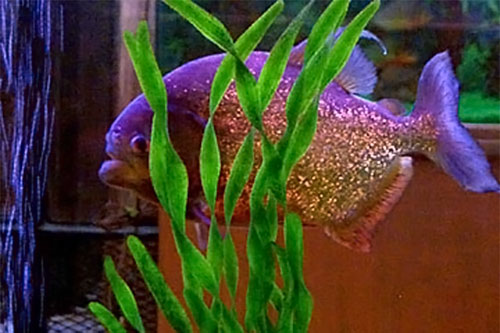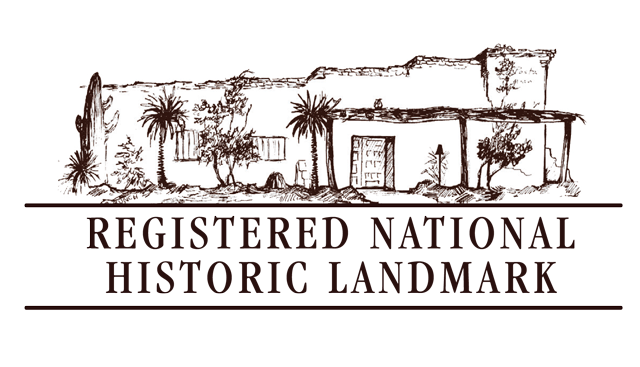Flock and
Friends
Meet our flock – the birds & fish of La Posta. The lobby at La Posta has always been home to a variety of tropical birds and the states lone “piranha”. From Macaws, Yellow Nape Amazon Parrots, a Toucan, a majestic Cockatoo, and an African Gray — La Posta’s aviary provides viewing entertainment and fun for children of all ages!
Simon, our African Grey, is always whistling and getting “fresh” with the ladies, while Froto, our Yellow Nape Amazon bellows “Hello” in different octaves”, sings “Polly wants a cracker” and proudly yelps “Pretty Bird”. Sugar, a beautiful, full grown Cockatoo, prances around the aviary always in demand of attention and loves to “dance”. This is an amazing family of feathered friends. Enjoy the company of Tiki the Toucan, DaVinci our Blue & Gold Macaw, and Picasso our Scarlett Macaw. Or stroll over to our acquarium tank that is home to Pepe, our lone piranha, whose ancestors hail from the native rivers of South America. Piranhas were first discovered by a group of Conquistadors who had set off from Peru for the Amazon with the Spanish General Pizarro. Although rumored to be ferocious and man-eating in their demeanor, piranhas are fairly tame unless they are “hungry”. Not to worry, Pepe, our piranha, is well fed, somewhat “viejo” (old) and almost “toothless!”.


